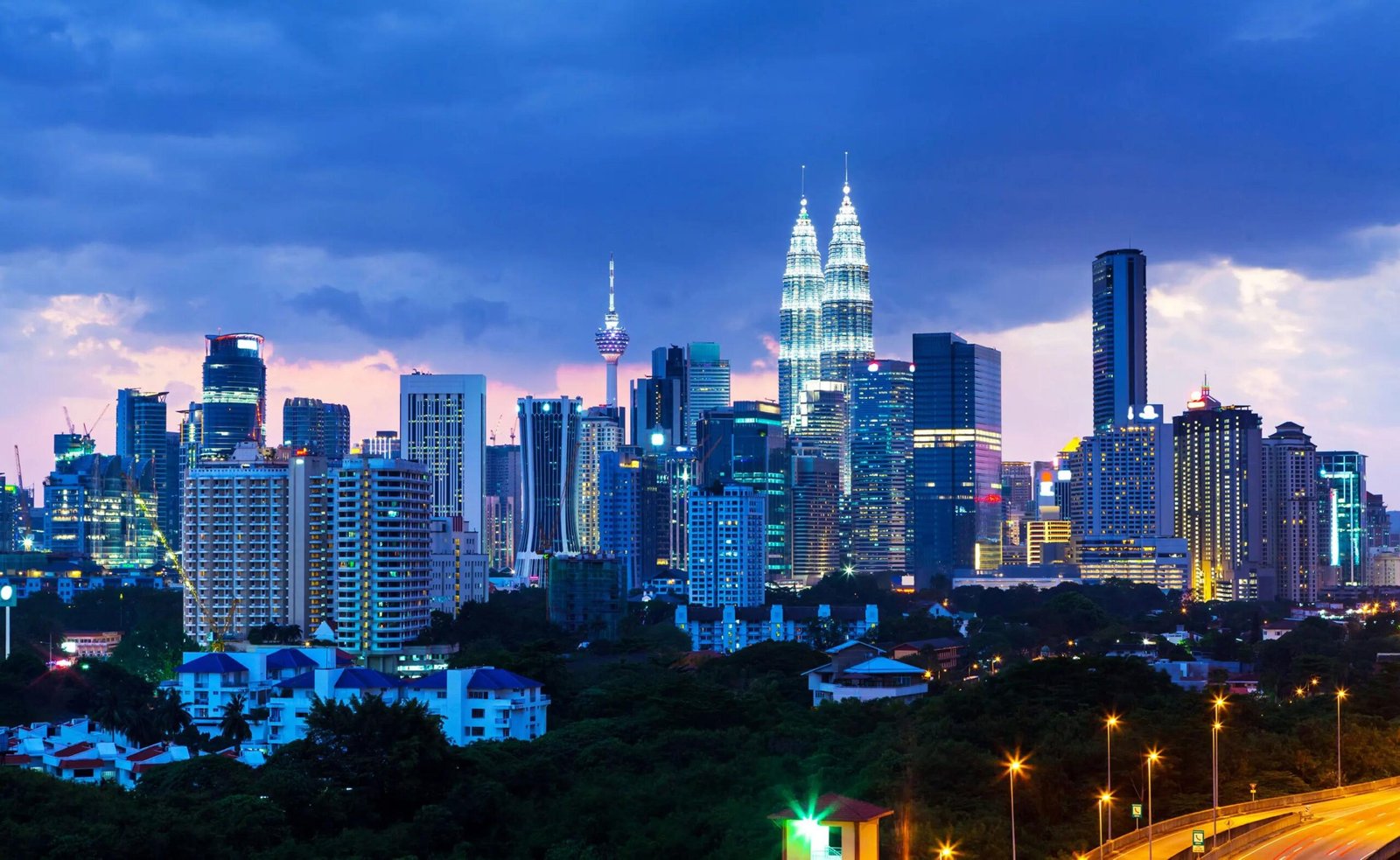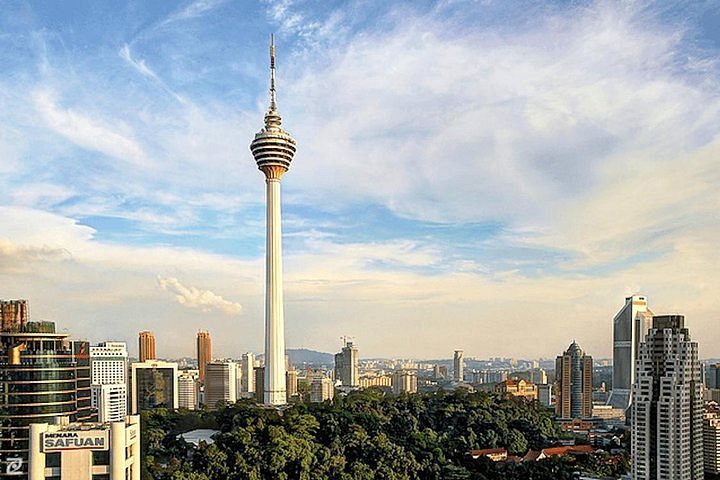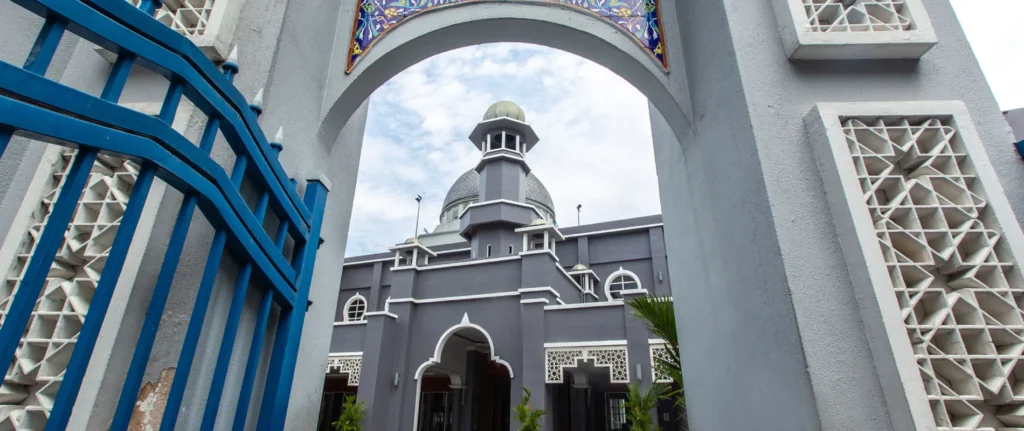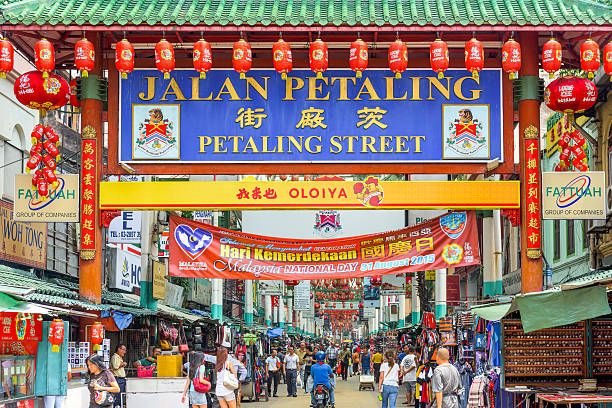Petronas Twin Towers: The Petronas Towers (Malay: Menara Berkembar Petronas), also known as the Petronas Twin Towers and colloquially the KLCC Twin Towers, are an interlinked pair of 88-storey supertall skyscrapers in Kuala Lumpur, Malaysia, standing at 451.9 metres (1,483 feet).
| Tower | Petronas Twin Towers |
|---|---|
| Construction started | 1 March 1993 |
| Completed | June 1996 |
| Opened | 31 August 1999 |
| Inaugurated | 31 August 1999 |
| Renovated | 16 September 2011 |
Ticket Price
Ticket price for Petronas Twin Towers in Kuala Lumpur, Malaysia starts from RM. 17 onwards for residents and RM 98 for Visitors, book your tickets.
| Category | MyKad Holders (RM) | Non-MyKad Holders (RM) |
|---|---|---|
| Adults (13–60) | 35 | 98 |
| Children (2–12) | 17 | 50 |
| Seniors (61+) | 17 | 50 |
| Infants (Below 2) | Free | Free |
Petronas Twin Towers KLCC
A key feature of the towers is the skybridge that connects the two buildings at the 41st and 42nd floors, providing both structural support and a stunning panoramic view.
The Iconic Petronas Towers: A Marvel of Modern Architecture
The Petronas Towers, located in the heart of Kuala Lumpur, Malaysia, are a pair of iconic skyscrapers that have become a symbol of the nation’s ambition and modernity. Completed in 1998, these twin towers held the title of the world’s tallest buildings until 2004, when Taipei 101 in Taiwan surpassed them. Despite this, the Petronas Towers remain the tallest twin towers in the world to this day, standing at an impressive 452 meters (1,483 feet).
Architectural Design and Inspiration
Designed by Argentine architect César Pelli, the Petronas Towers were built with a unique combination of modern aesthetics and cultural symbolism. The sleek, postmodern design incorporates Islamic art motifs, reflecting Malaysia’s predominantly Muslim heritage. The towers’ floor plan is based on an eight-pointed star, a geometric pattern often seen in Islamic architecture.
The towers’ façades are clad in stainless steel and glass, creating a sleek and futuristic appearance that contrasts with the more traditional aspects of its design. The spires, which top both towers, are integral to their architectural height, adhering to the council on tall buildings’ standards, which allow spires to be included in height measurements.
Construction and Engineering Feats
The construction of the Petronas Towers was a significant engineering achievement. Built on a former racetrack site, the towers required an innovative foundation system to overcome the soft soil conditions. The foundation is supported by one of the world’s deepest piles, reaching 120 meters below the surface to ensure stability.
Each tower contains 88 floors of offices, retail spaces, and observation decks. The towers were constructed by two different contractors, one for each tower, working in tandem to complete the project efficiently. The entire construction process took six years, from 1992 to 1998.
Skybridge: A Unique Feature
One of the most recognizable features of the Petronas Towers is the skybridge, which connects the two towers on the 41st and 42nd floors. The bridge is not fixed to the towers, allowing it to slide in and out to cope with the sway of the buildings caused by wind and other forces. It serves both a functional and symbolic purpose, acting as an emergency exit route between the towers while also representing unity and collaboration.
At 170 meters above the ground, the skybridge offers visitors stunning panoramic views of Kuala Lumpur. Although the bridge is only halfway up the towers, it is a major attraction for tourists and provides insight into the buildings’ structural ingenuity.
Cultural and Economic Significance
The Petronas Towers are not just architectural masterpieces; they also symbolize Malaysia’s rapid economic development in the 1990s. As the headquarters of the national oil and gas company, Petronas, the towers represent Malaysia’s rise as a global player in the energy sector.
The towers have also played a key role in positioning Kuala Lumpur as a major international city. The surrounding area, known as the Kuala Lumpur City Centre (KLCC), has become a bustling hub of commerce, featuring a park, a shopping mall, and a convention center, making it one of the city’s top destinations.
A Global Landmark
Today, the Petronas Towers remain a beloved landmark, drawing millions of visitors each year. While no longer the tallest buildings globally, they continue to be a source of pride for Malaysians and a symbol of the country’s vision and modernity. Their unique design, cultural significance, and engineering marvel make the Petronas Towers a lasting icon on the world stage.
Overall, the Petronas Towers stand as more than just skyscrapers; they are a human ingenuity, cultural fusion, and national ambition. For those visiting Kuala Lumpur, they offer not only breathtaking views but also a glimpse into the spirit of Malaysia’s progress.











